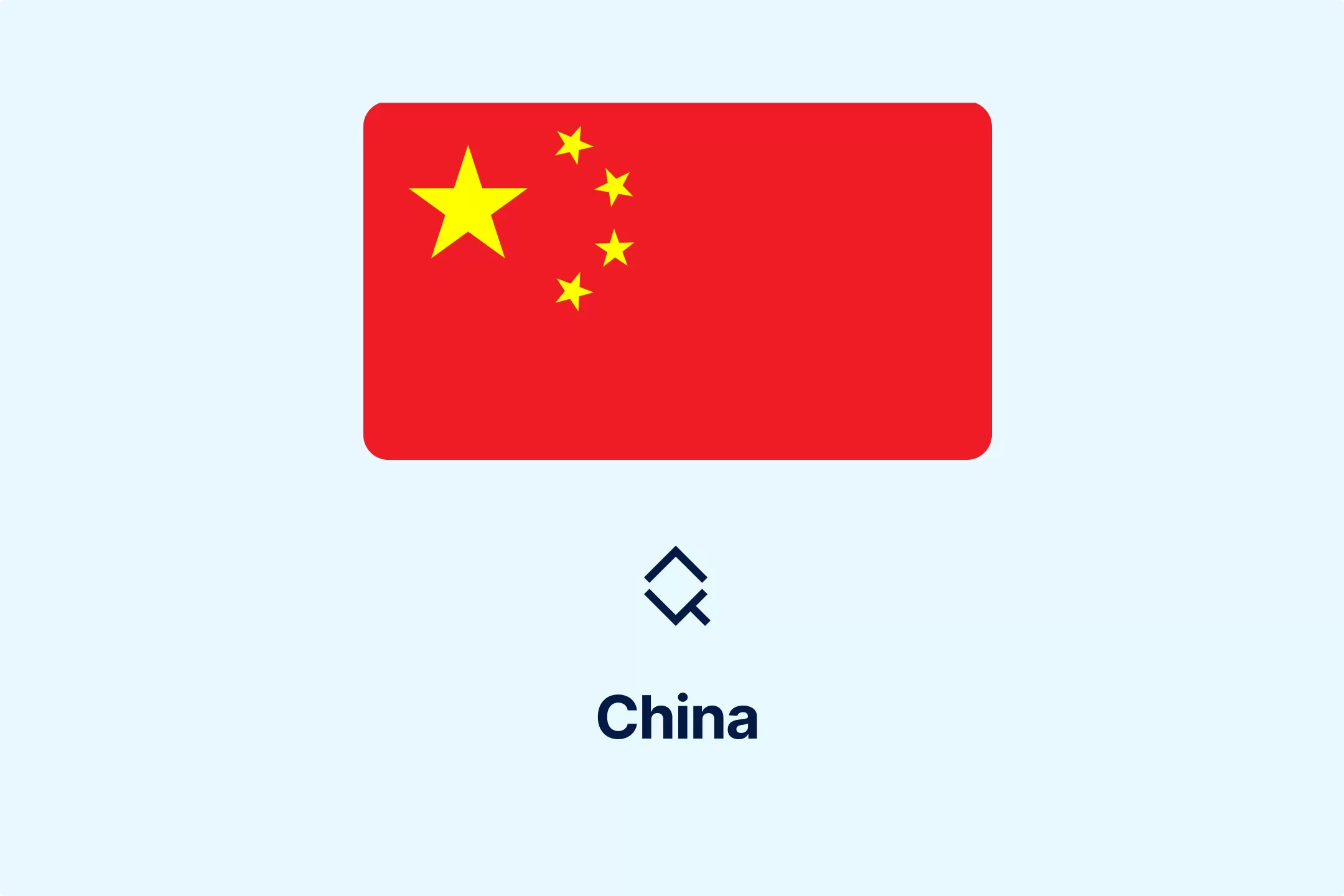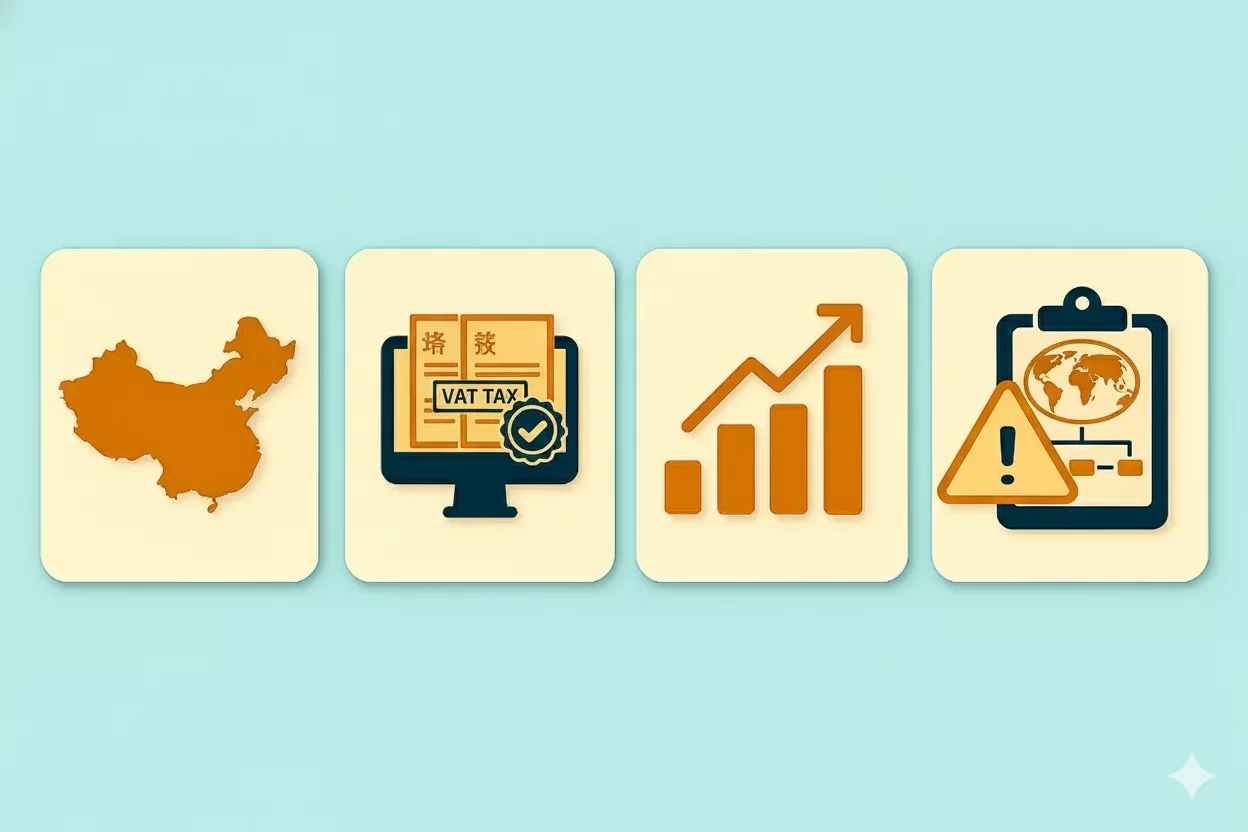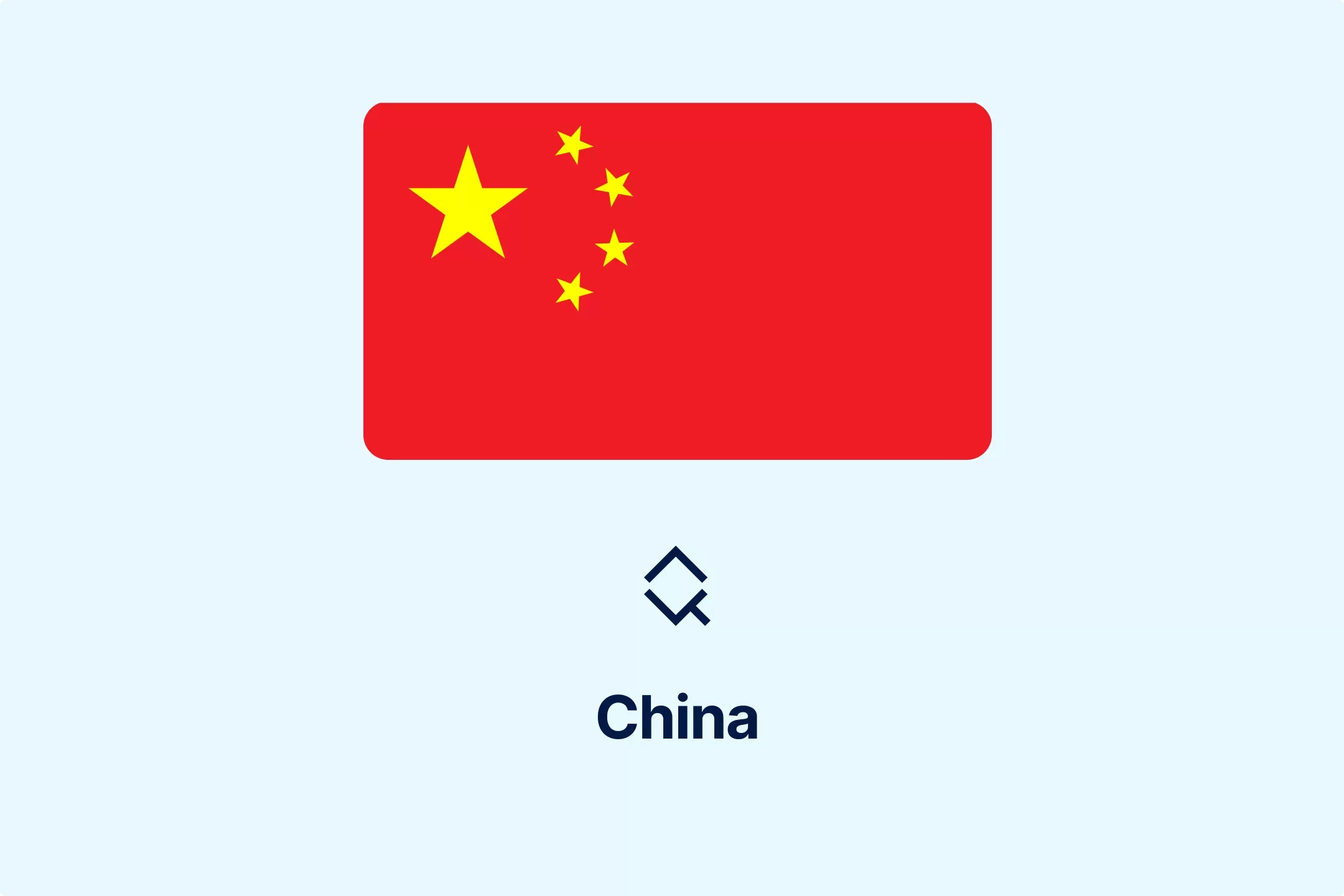China Rolls Out Nationwide E-Invoicing: A Step Toward Digital Tax Compliance

Following the positive outcome of the pilot program conducted in several regions, the Ministry of Finance and State Administration of Taxation announced the nationwide rollout of fully digitized e-invoicing through the government portal. The implementation of a nationwide e-invoicing system represents a step forward in China's digital transformation of its administrative and taxation system.
Key Details of China E-Invoicing System
The pilot program showed that implementing the e-invoicing system optimized the business environment and improved administrative efficiency. This result led to the conclusion that implementing such a system nationwide is the right step in the digital transformation of the economy.
As announced by the State Administration of Taxation, e-invoices have the same legal validity as paper invoices. However, unlike paper invoices, e-invoices exist only in digital form and are issued as a single-copy document.
Depending on the industry and transaction, there are several types of e-invoices. These include special VAT invoices, ordinary invoices, air and railway transport passenger tickets, and unified invoices for motor vehicle and used car sales. The invoice number consists of 20 digits that refer to the calendar year, regional tax office code, issuing channel, and sequence number.
The State Administration of Taxation plans to develop a unified e-invoicing service platform enabling taxable persons to exchange e-invoices. This government service will be free of charge. However, the State Administration of Taxation will determine invoice quotas based on a person's tax risk level, tax credit rating, and actual business operations.
Conclusion
It is vital to state that the issuance of e-invoices remains optional. Still, the announcement of the nationwide rollout marks the end of the pilot program and represents the new era of e-invoicing in China. Although still not a mandatory requirement, taxable persons should explore whether adopting and implementing an e-invoicing system could contribute to operational efficiencies and data integrity in their business activities.
Source: State Administration of Taxation

Featured Insights
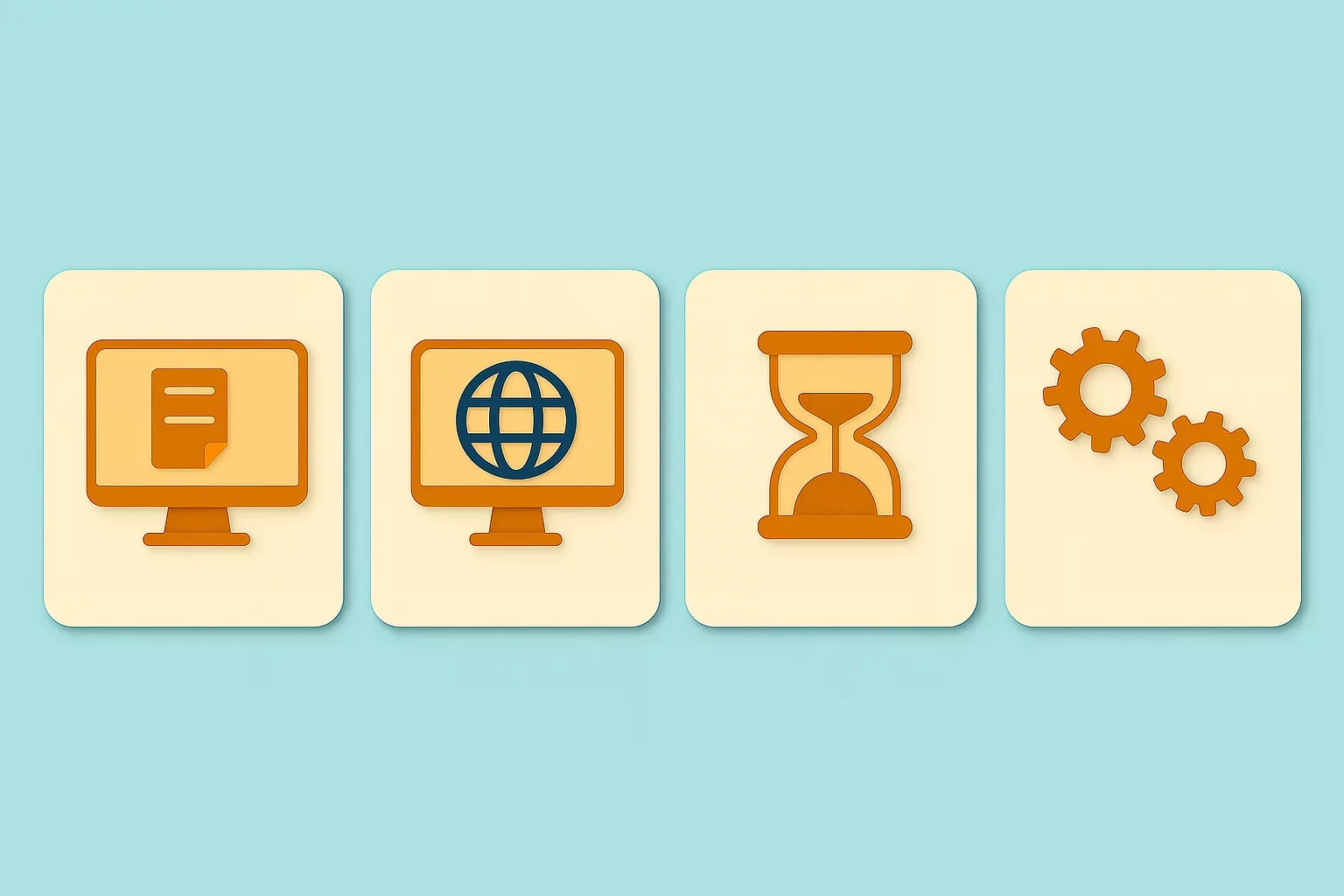
Angola’s E-Invoicing Mandate: Phased Implementation Continues Into 2026
🕝 December 10, 2025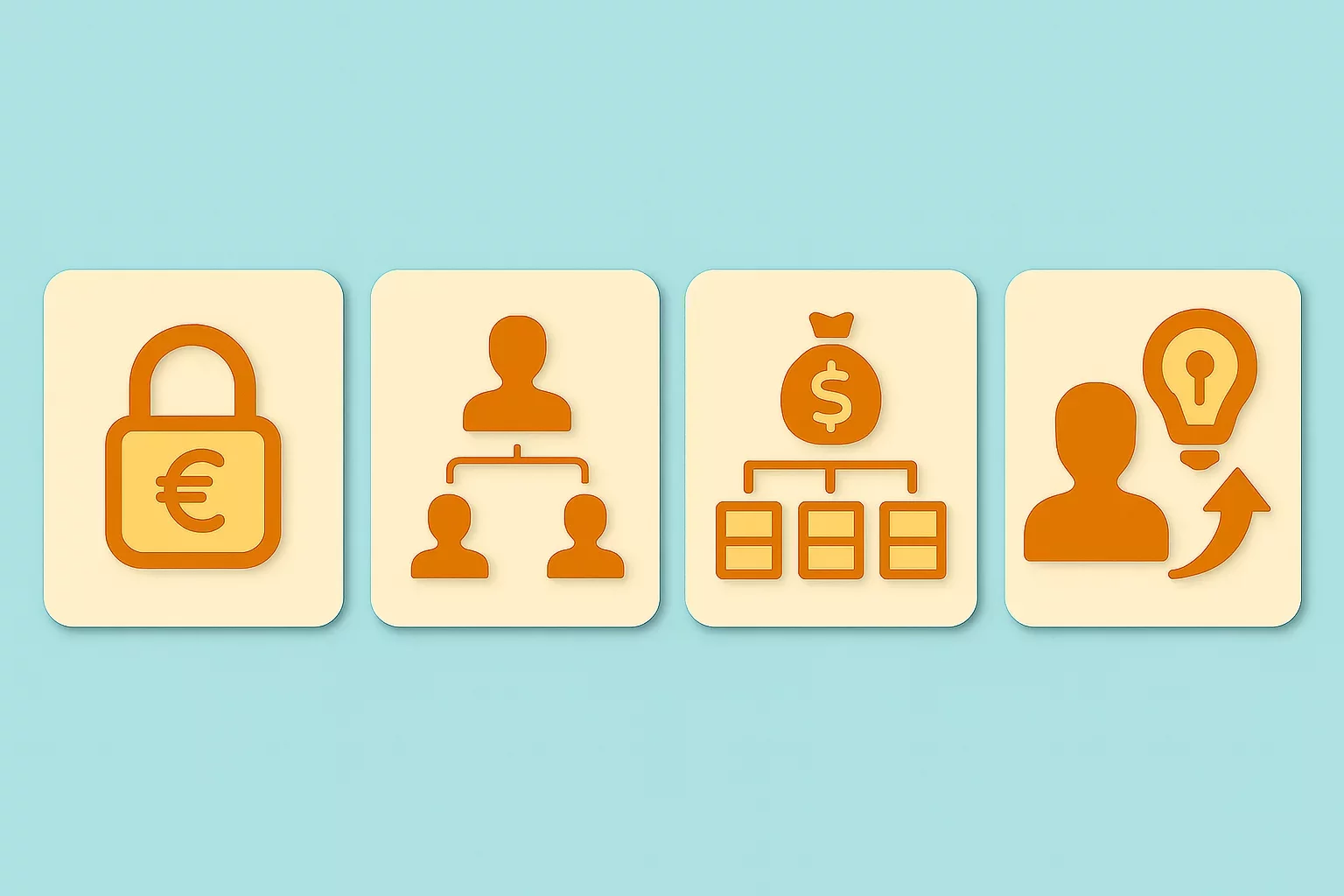
VAT Deduction and Business Succession: When Do Advisory Costs Serve the Company’s Interest?
🕝 December 8, 2025
Europe’s Plastic Fiscal Shift: Why Italy’s Plastic Tax Now Starts in 2027
🕝 December 3, 2025
The Decline of Low-Value Import Exemptions: Closing Gaps in Cross-Border E-Commerce
🕝 November 20, 2025More News from China
Get real-time updates and developments from around the world, keeping you informed and prepared.
-e9lcpxl5nq.webp)

